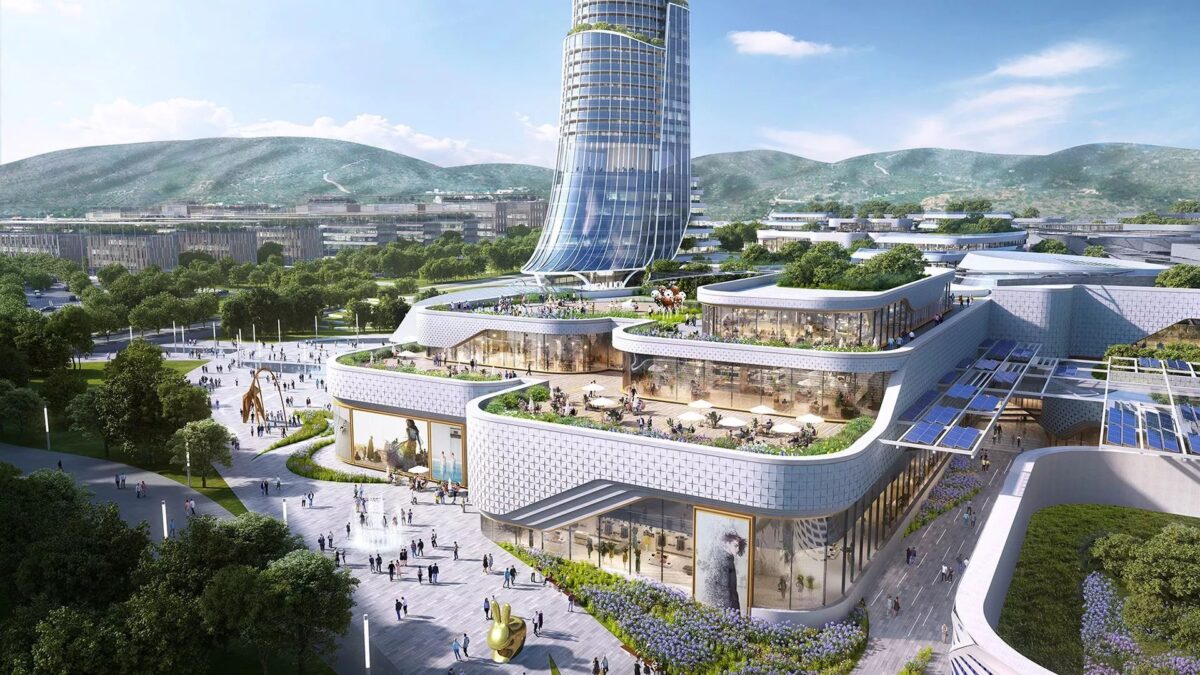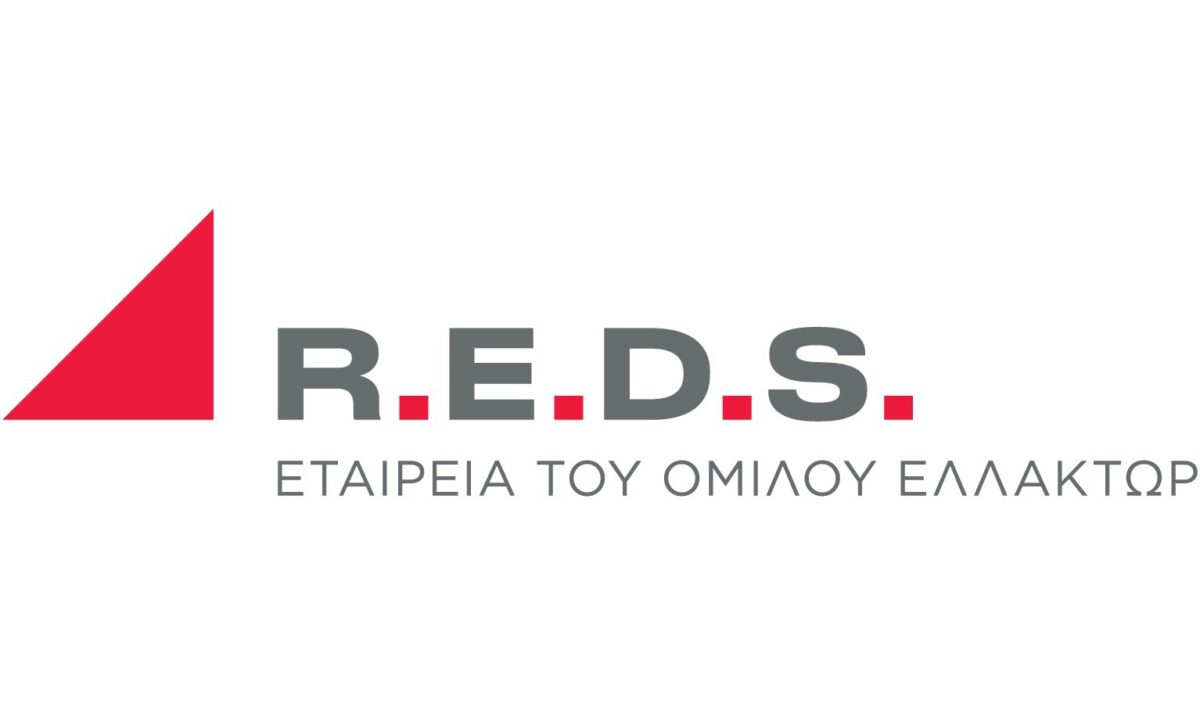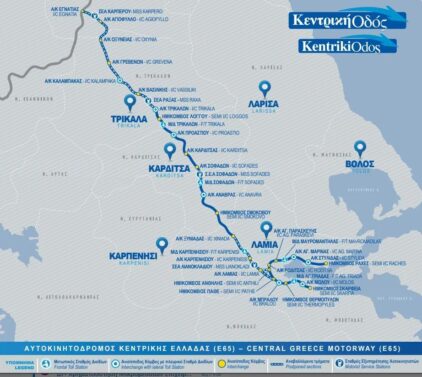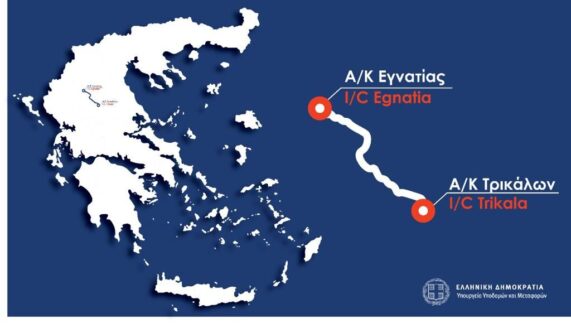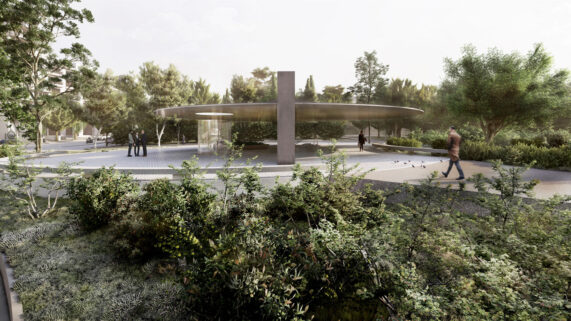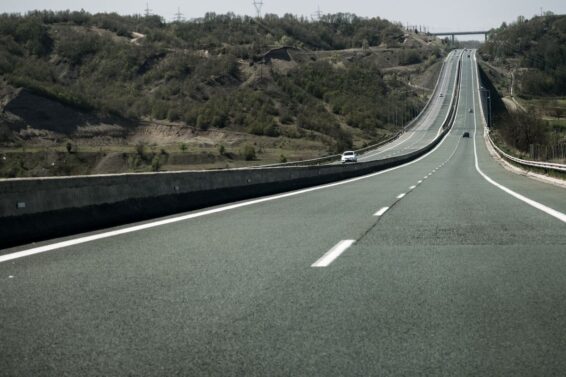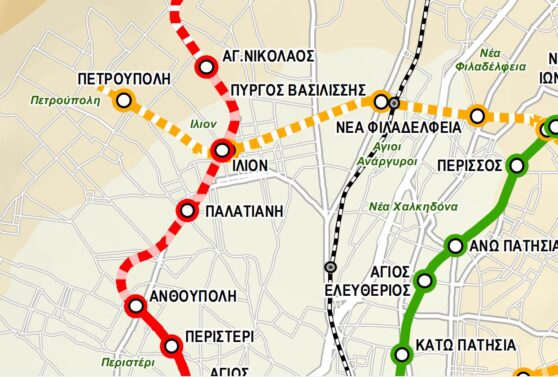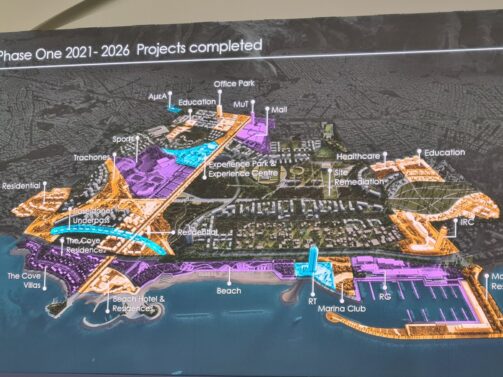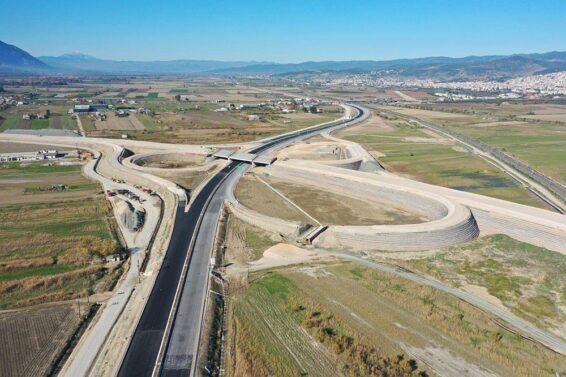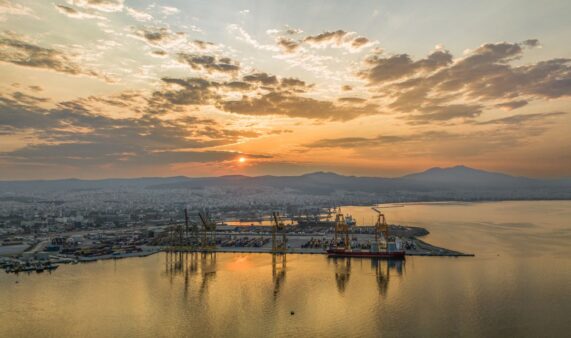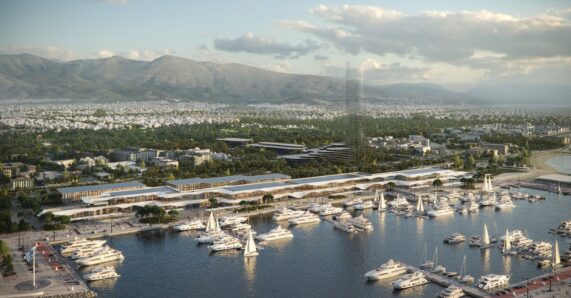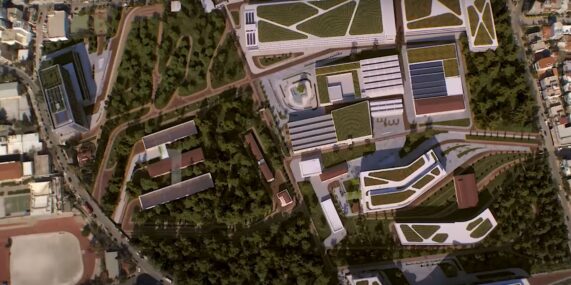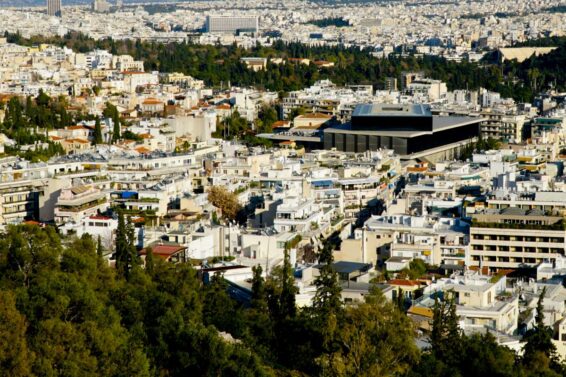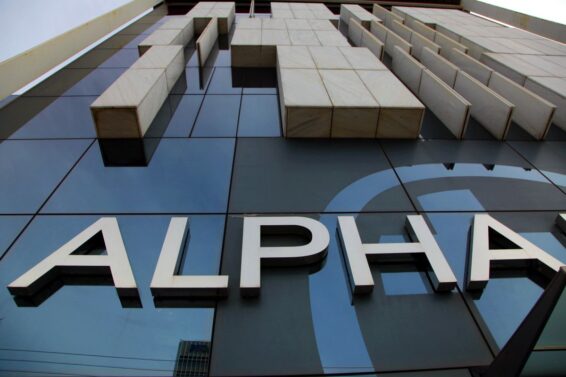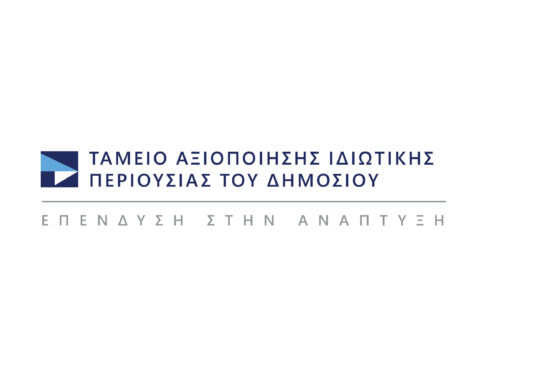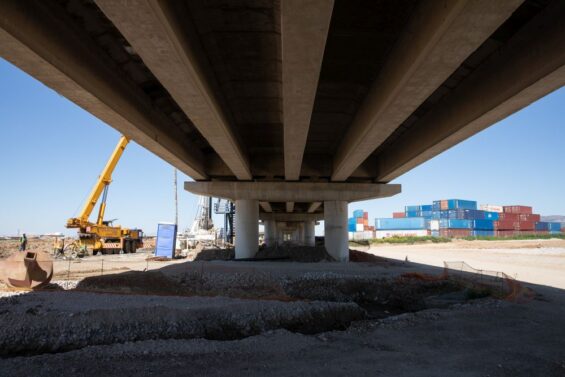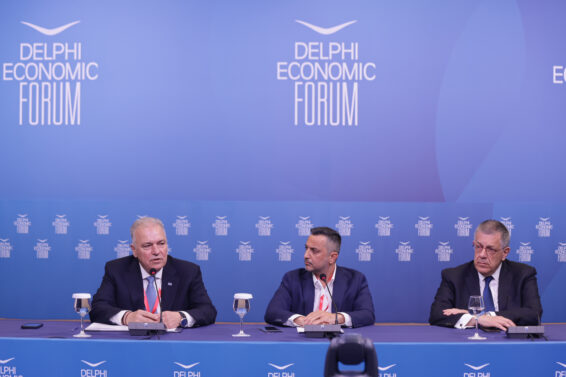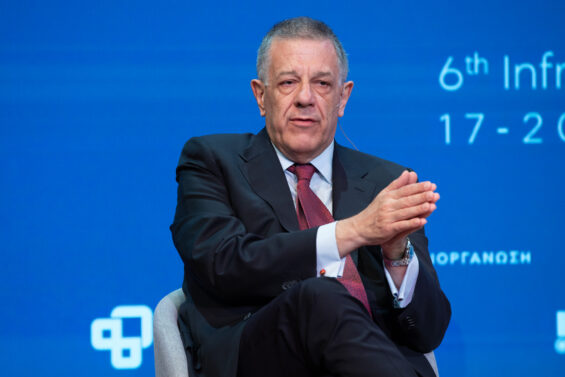Tender for the concession project regarding the new International Airport in Kastelli Heraklion is about to be completed, especially after the recent “green light” from DG Comp presaging the assignment of the contractor by the Ministry of Infrastructure, the approval of the contract by the Court of Auditors, its ratification by the Greek Parliament and the final signatures.
Another crucial issue, that is currently under settlement, is expropriations. According to well-informed sources of ypodomes.com, the first two relevant decisions will be announced shortly and by September, decisions regarding 90% of the expropriations and the temporary compensations, will have been published.
Following the adjudication, the Greek State will have to deposit 70% of the estimated value of the expropriations, as it has been calculated by the independent certified evaluator, to the Deposits and Loans Fund.
Expropriations are really important for the smooth development of the projects’ construction phase. It would be ideal for the land to be available when the contractor starts construction works, thus avoiding adventures that had “tormented” motorway projects in the past, during which, necessary lands had to be… rented before the completion of the expropriations.
TERNA-GMR consortium will designate TERNA as the constructor, that will have to complete one of the most demanding projects in our country, in a period of 60 months.
Project’s scope
The modern airport that will replace the existing and dated “N. Kazantzakis” Airport in Heraklion, will follow the highest construction standards. The total building area of 71,818 sq.m. will be bioclimatic and will be in architectural “harmony” with the environment, seeking to obtain LEED certification as well. During the construction phase and operation, it is estimated that at least 1,000 direct and 500 indirect jobs will be created, with a possibility for an upward revision of these numbers.
The airport will have 19 waiting lounges for the passengers, 2 fire stations, a police station, medical facilities, ground handling facilities and equipment, a bio-waste management unit, parking facilities with a capacity of, at least, 800 vehicles, spaces to serve at least 50 buses, 150 taxis and 20 mini vans as well as parking spaces for public transport.
The runway will have a length of 3,200 meters (extendable to 3,800 meters in the future) and a width of 23 meters with a provision for future construction of a second runway, 3 high-speed connection runways (minimum) and two connection runways (minimum) between the civil airport and the military airport (that will be in parallel operation).
The airport will have 27 aircraft parking spaces, with autonomous approach and disengagement, fuel storage and distribution system via an underground network for each parking space.
Another major element of the new airport’s construction is the construction of a new covered motorway with 2 lanes per direction, safety barriers that will connect Kasteli with Crete’s both Northern and Southern Motorway Axes (aka VOAK and NOAK respectively). More particularly, the connection with NOAK will be constructed in Hersonissos area, which is one of the island’s top touristic destinations.
Along with the Airport, the concession company will be able to develop a commercial zone of almost 99 acres in the surrounding area (as it is the case in Athens). The new Airport in Kastelli could become a hub as it will be located in a “key” geographical position, at the crossroads of Europe, Asia and Africa, following the example of other similar airports.
Nikos Karagiannis-ypodomes.com
ΜΗΝ ΞΕΧΑΣΕΤΕ
- Ακολουθήστε το ypodomes.com στο Google News και μάθετε πρώτοι όλες τις ειδήσεις για τις υποδομές στην Ελλάδα
- Αν είστε επαγγελματίας του κλάδου, ακολουθήστε μας στο LinkedIn
- Εγγραφείτε στο Ypodomes Web TV


